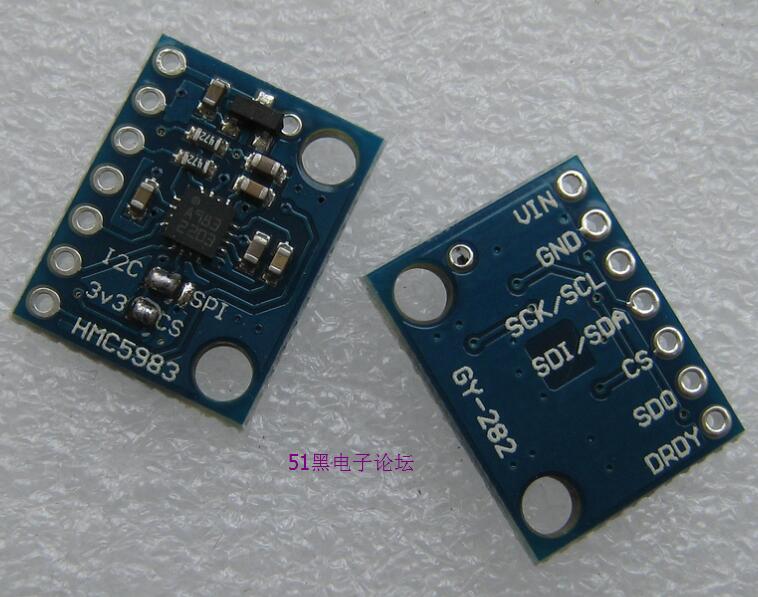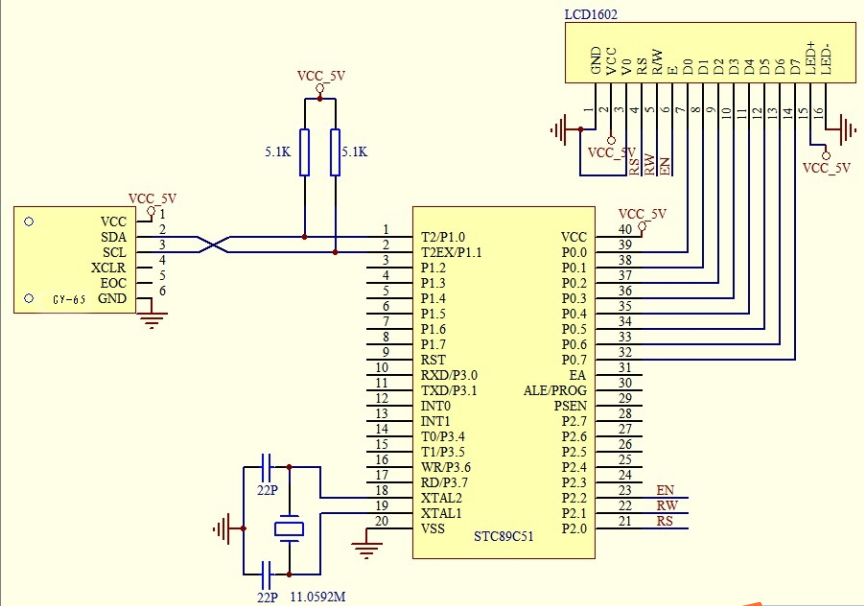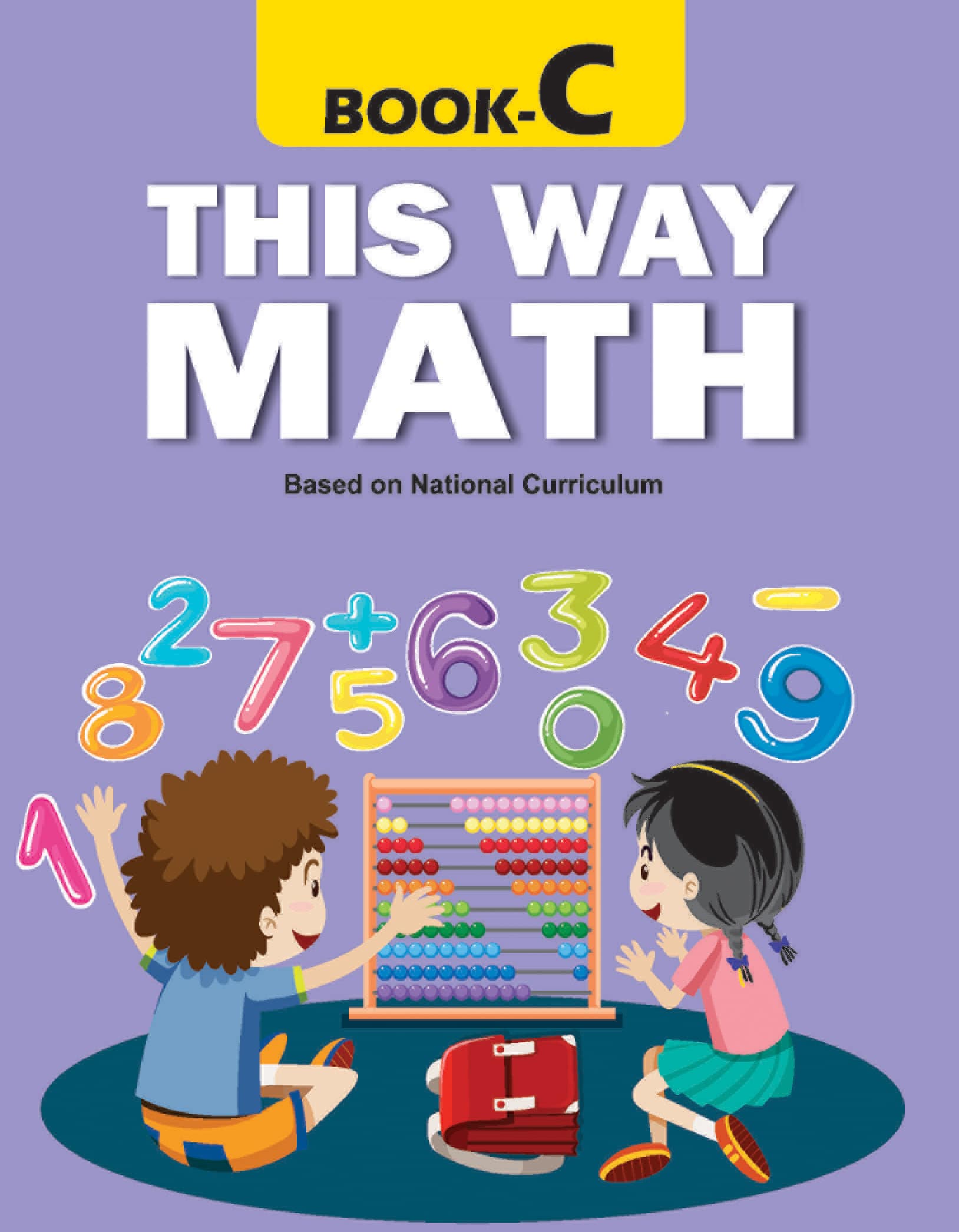
For all integer types T1, T2, and T3, if T1 has greater rank than T2 and T2 has greater rank than T3, then T1 has greater rank than T3.The rank of any extended signed integer type relative to another extended signed integer type with the same precision is implementation-defined but still subject to the other rules for determining the integer conversion rank.The rank of any enumerated type shall equal the rank of the compatible integer type.The rank of _Bool shall be less than the rank of all other standard integer types.The rank of char shall equal the rank of signed char and unsigned char.The rank of any standard integer type shall be greater than the rank of any extended integer type with the same width.The rank of any unsigned integer type shall equal the rank of the corresponding signed integer type, if any.The rank of long long int shall be greater than the rank of long int, which shall be greater than the rank of int, which shall be greater than the rank of short int, which shall be greater than the rank of signed char.The rank of a signed integer type shall be greater than the rank of any signed integer type with less precision.No two signed integer types shall have the same rank, even if they have the same representation.

The following rules for determining integer conversion rank are defined in the C Standard, subclause 6.3.1.1 : The ranking is based on the concept that each integer type contains at least as many bits as the types ranked below it. Integer Conversion RankĮvery integer type has an integer conversion rank that determines how conversions are performed. Because the final result (75) is in the range of the signed char type, the conversion from int back to signed char does not result in lost data. The resulting value is truncated and stored in cresult. Because of integer promotions, however, c1, c2, and c3 are each converted to int, and the overall expression is successfully evaluated. Assuming that signed char is represented as an 8-bit value, the product of c1 and c2 (300) cannot be represented. The product of these values is then divided by the value of c3 (according to operator precedence rules). In this example, the value of c1 is multiplied by c2.
#Char math c code
The following code fragment shows the application of integer promotions: Integer promotions are applied as part of the usual arithmetic conversions to certain argument expressions operands of the unary +, -, and ~ operators and operands of the shift operators. If all values of the original type can be represented as an int, the value of the smaller type is converted to an int otherwise, it is converted to an unsigned int.

Integer types smaller than int are promoted when an operation is performed on them. Prestandard C usually preferred to preserve signedness of the type.

The intent of the rules is to ensure that the conversions result in the same numerical values and that these values minimize surprises in the rest of the computation.

These rules include integer promotions, integer conversion rank, and the usual arithmetic conversions. The C integer conversion rules define how C compilers handle conversions. Conversion of an operand value to a compatible type causes no change to the value or the representation. Although conversions are generally required for the correct execution of a program, they can also lead to lost or misinterpreted data. Conversions can occur explicitly as the result of a cast or implicitly as required by an operation.


 0 kommentar(er)
0 kommentar(er)
